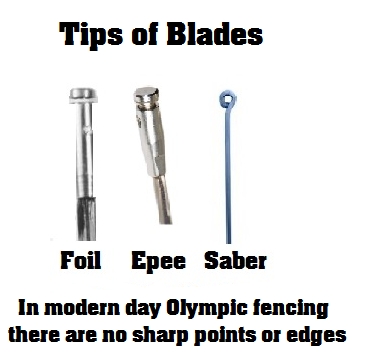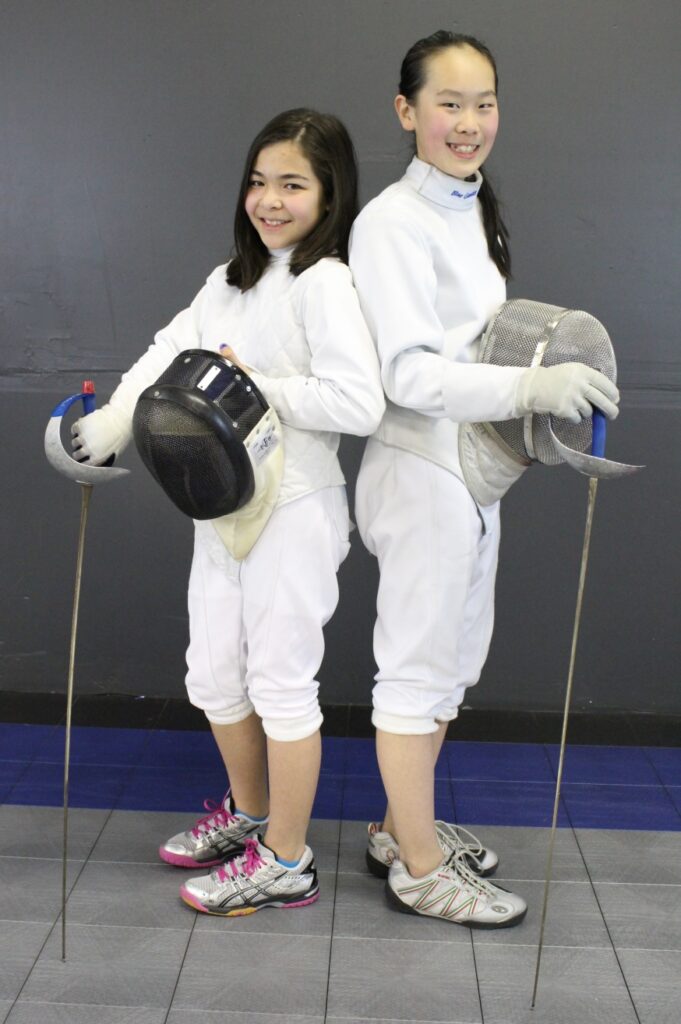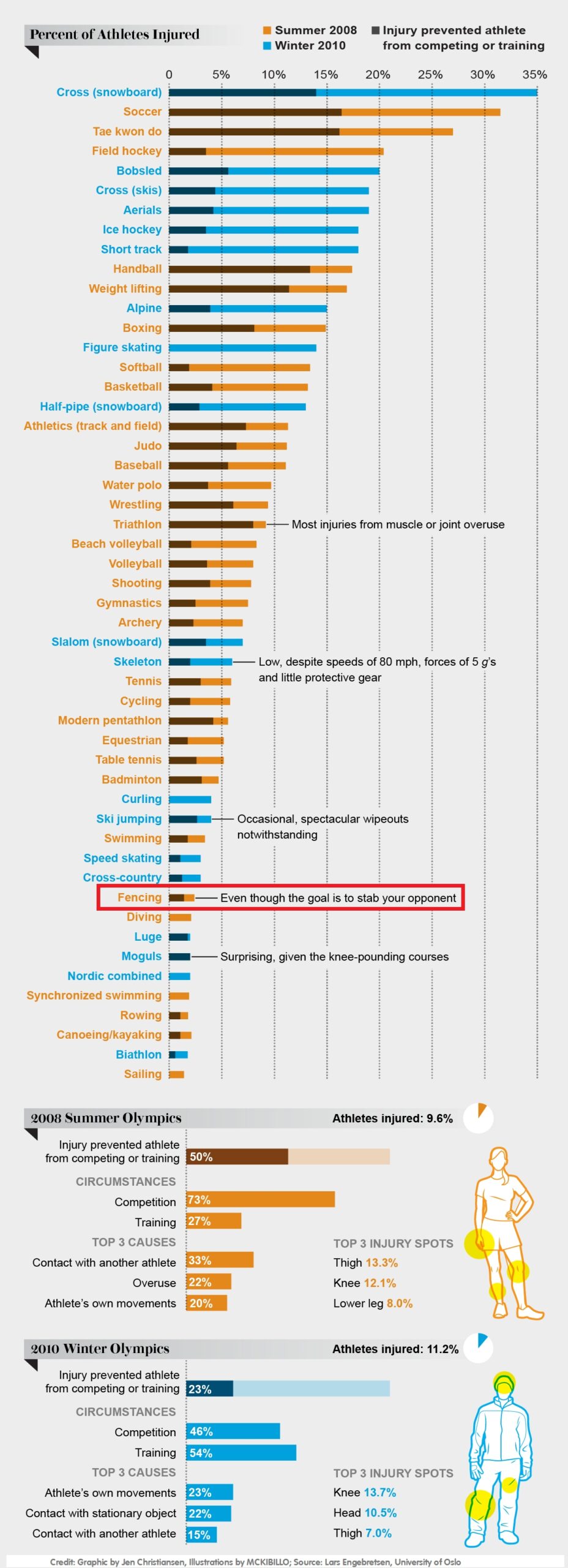Is fencing a safe sport? is a question every parent asks once they really consider signing up their child for an actual fencing class or camp. We get asked that question many times by people “my kid loves to play at home with his brother or friends as jedi knights, pirates, musketeers (or Zorro or . . . ) but in actual fencing is it safe? Does it hurt? After the all the object is to hit each other with swords right?”
Actually, fencing is one of the safest sports you can enroll your child or yourself in. Plus it has life long benefits for both children and adults. Hard to believe? Several scientific studies measured the injury rate between Olympic sports. See the graph below.
Fencing is Safer than Badminton
A study conducted during the 2008 Olympic Summer Games showed there were only five sports that had fewer injuries than fencing (which were diving, synchronized swimming, rowing, kayaking, and sailing).
The study, Sports Injuries During the Summer Olympic Games 2008, was first published in the American Sports Journal of Medicine in 2009. In 2012 a Scientific American article ranked all summer and winter (2010) Olympic sports according to how many of each sport’s athletes were injured during training or the games. The fact that fencing is ranked as one of the safest sports is no surprise to experienced fencers and their parents, who know that fencing as a very low injury rate.
By contrast, the summer sport with the most injuries? Soccer – had the most injuries, and it is the most common children’s sports world wide. In terms of incidence in sports, soccer topped the list with an injury rate of over 30%. Fencing’s injury rate fell to the opposite end of the spectrum, at close to 2.5%. The graph on the right from the studies, shows that badminton had a higher rate of injury than fencing!
The research also shows that one third of all Olympic sports injuries were caused by contact with another athlete. Fencing is a non-body contact sport. Body contact between fencers is prohibited by the rules, an athlete can be penalized or disqualified if body contact is purposely made. So let’s dispell some common myths about fencing!
Modern Day Fencing and Safety
Many people believe, thanks to wondeful movies, that fencing is like Zorro cutting his trademark “Z”, or the musketeers who battle to the death fiercely at the drop of an insult, or like the incredible fencing scenes from the fabulous movie, The Princess Bride.


The actual goal of fencing is to touch your opponent before he touches you, The sword blades are very light and flexible. The tip of the sword (there are three different swords used in Olympic fencing), does not have a sharp point. In saber, the metal end is actually bent over, in foil and epee the end of the blade has a plunger that will depress and set off a light showing that the opponent was touched, practice epee and foil blades have a rounded rubber cap on the tip (which is rounded)
Is fencing a safe sport? It is made even safer by the fencing uniform and safety gear. The fencing uniform covers the fencer’s body from head to foot with layers of gear all made for maximum safety,
The fencing mask is made from a metal mesh to protect head, and has been tested to withstand more force than a fencing blade can deliver. All gear, even the long socks, are made specifically for the sport, and meet strict requirements. See our separate article about fencing gear here.
In saber, many touches are so light that we need to look at the electric scoring machine to check if one was touched. The lighter the touch, the more energy you save for the duel.

The 4 most common fencing injuries
Of course there are typical sports type of injuries that happen. All of these types of injuries happen on the playground and other sports.
- Bruising, occasionally on the arm, hand or top of the leg
- Blisters and calluses. If your socks are lose or shoes not fitting blisters can occur. The weapon hand can form a callus as you use our weapon more frequently.
- Muscle strains or pulled muscle, occasionally.
- Twisted ankle or knee is the least frequent injury on this last that could happen. Generally it comes from a sudden jump that can happen in fencing.
Most of these can be kept to a minimum or prevented with proper warm-ups, physical conditioning, stretching and proper training. Proper technique and foundational skill learning focus on correct form and movement to keep the athlete moving easily and injury free. As you can see, fencing has a low risk of injury., The Olympic Injuries study answers the question “Is fencing a safe sport?”

